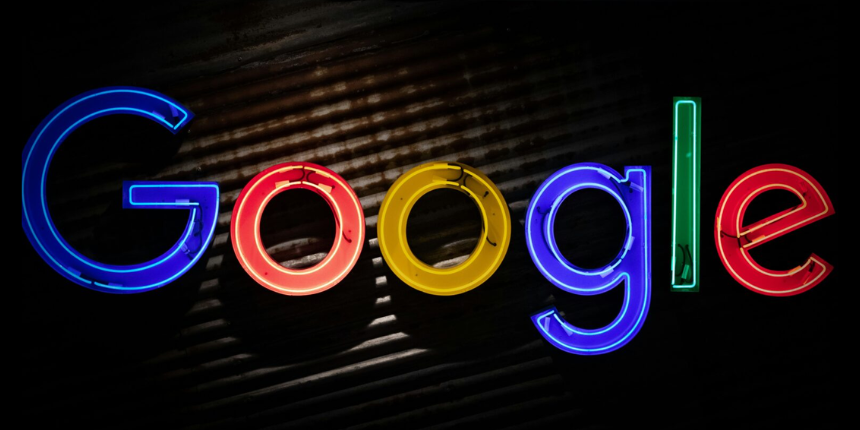
Maximize your local presence through strategic location management.

Hyperlocal marketing is an essential consideration for any business looking to convert online traffic into in-store visits. The basic premise of hyperlocal marketing is simple, of course. Users will first encounter a brand through its advertising copy, which can resonate with local audiences through specific geographic references like “a stone’s throw from Central Square” or “in the vibrant heart of the San Juan neighbourhood”.
These micro-moments and intent cues aren’t just window dressing; they can have a direct impact on reducing cost per acquisition and increasing customer lifetime value. Taking it a step further with personalized messaging (based on demographics, language, and personal or cultural nuances) can result in a significant increase in customer retention and loyalty.
But messaging is just one aspect of an effective hyperlocal strategy. With a technical and strategic approach, brands with physical locations can achieve so much more. Here’s how.
Accurate geographic targeting can have a direct effect on the efficiency of ad spend and return on investment. When used accurately, tools such as geofencing and geotargeting—as well as beacon technologies to send push notifications—can improve conversion rates and increase immediate visits to the point of sale.
Demographic density, historical purchase behavior, and mobility trends are also important to further refine targeting to only those users closest to conversion.
Proper keyword selection and management, as well as semantic analysis, has the potential to improve Quality Score, reduce cost per click, and increase ad relevance, making campaigns more efficient overall. In addition, it is essential to consider competition, seasonality, and emerging trends to adjust bids and ensure that ads are shown at the most opportune times.
The most common example is the difference between a keyword that includes location and one that does not. The location-specific keyword can target a broader audience campaign type, while the one that does not include location should be in a campaign targeting the location or a radius around it.
Images and videos should be a true reflection of the interior of the store or venue, showing the facilities, products, and ambience. Adapting this media to each specific location not only increases the visibility and relevance of visual content but also strengthens the emotional connection with potential customers, showing the proximity of the site and conveying what awaits when they visit.
It is crucial that videos are adapted to each stage of the purchase funnel. The further down the funnel, the more the video should focus on the product or service being offered. In contrast, upper-funnel videos should be more brand-focused, establishing an emotional connection and building trust. To prevent repetition, users who watch upper-funnel videos should not be retargeted with their lower-funnel equivalents.
Managing hyperlocal campaigns requires a flexible-yet-precise approach. While each location can benefit from having its own campaign, there will also be times when a multi-location campaign is the best course of action, depending on the overall strategy and specific objectives. This flexibility allows for management that is more tailored to the specifics and needs of each outlet, but also offers the possibility to achieve synergy between different locations where appropriate.
It is essential to apply the same flexibility to the allocation of budgets and resources to ensure that each campaign is managed effectively and efficiently, allowing for quick adjustments and informed decisions.
In Google Ads, traditional Local Campaigns have evolved into Maximum Performance campaigns, with a primary focus on Store Visits. By integrating Google Business Profile (GBP) listings with Google Ads, the geographic basis for these campaigns is established. Within conversion goals, Local Actions such as Directions and GBP Menu Visits are highlighted. However, the central objective remains Store Visits, which is activated after 60,000 clicks after linking to GBP.
In Meta, likewise, it is essential to deploy “Traffic to Shop” campaigns, which require local pages (linked to the homepage) that serve as individual company profiles. In both Meta and Google Ads, advertisers can specify precise locations or define a geographic radius. This choice will influence key elements of the campaign, such as keywords and creative. It is vital to understand that the data obtained is approximate and does not represent exact figures.
In contrast, Waze allows the projection of ads to users near locations. While platforms such as LinkedIn and TikTok offer geolocation, they currently lack Store Visits targeting on a global level—although Tik Tok, thanks to a partnership with Foursquare, has started to support it in the US and Canada.

Subscribe to our monthly newsletter.
In an increasingly saturated market, the ability to effectively connect with local consumers becomes an essential competitive advantage. Integrating advanced tools, continually adapting to market trends, and focusing on the customer experience are essential to success in the world of hyperlocal marketing. And the best way to get there? Invest in technology, training, and data analysis to build more robust and effective hyperlocal strategies—or partner with the agency that wrote the Enterprise-to-Local playbook. Literally.
Maximize your local presence through strategic location management.
Maximize your local presence through strategic location management.
Subscribe to our monthly newsletter.